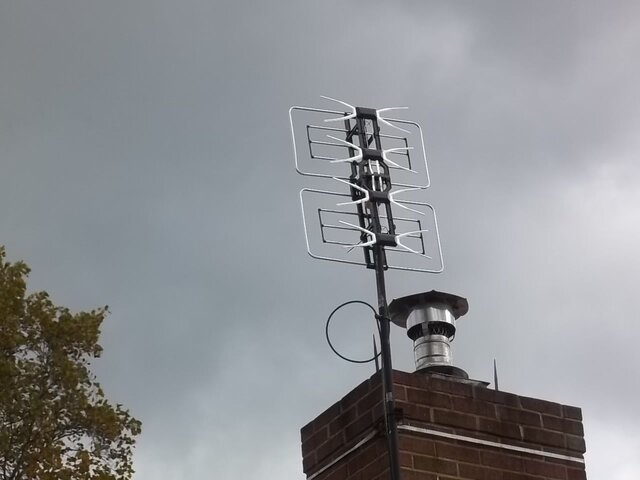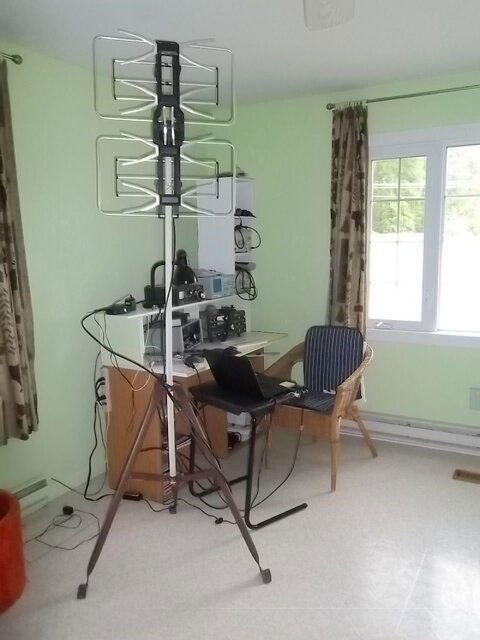I live in a fringe area, where I am between 35-60 miles from the towers and have a lot of trees (mostly large oaks) around my home. I was using an old ChannelMaster antenna on a mast about 15 ft or so high and was having decent luck with it until the wind broke the mast (which was cracked and rusted, my fault I know) and blew it over and broke it in half. But before it broke, it was missing almost all the elements on one side of it, but still doing a decent job.
The problem for me is getting one mounted high enough. I have a mount on the roof from a previous Dish satellite and tried to mount the old CM there, but gave up pretty quick because it was large and awkward to handle, plus my roof has a pretty steep pitch. I was looking at the Antennas Direct Clearstream 2V and it looks like it could be mounted on the satellite mount. Have any of you guys done that or know that it can be done fairly easily? Any thoughts as to that particular antenna? It seems to have pretty good reviews.
Just wanted to get some opinions. Thanks in advance.
The problem for me is getting one mounted high enough. I have a mount on the roof from a previous Dish satellite and tried to mount the old CM there, but gave up pretty quick because it was large and awkward to handle, plus my roof has a pretty steep pitch. I was looking at the Antennas Direct Clearstream 2V and it looks like it could be mounted on the satellite mount. Have any of you guys done that or know that it can be done fairly easily? Any thoughts as to that particular antenna? It seems to have pretty good reviews.
Just wanted to get some opinions. Thanks in advance.





